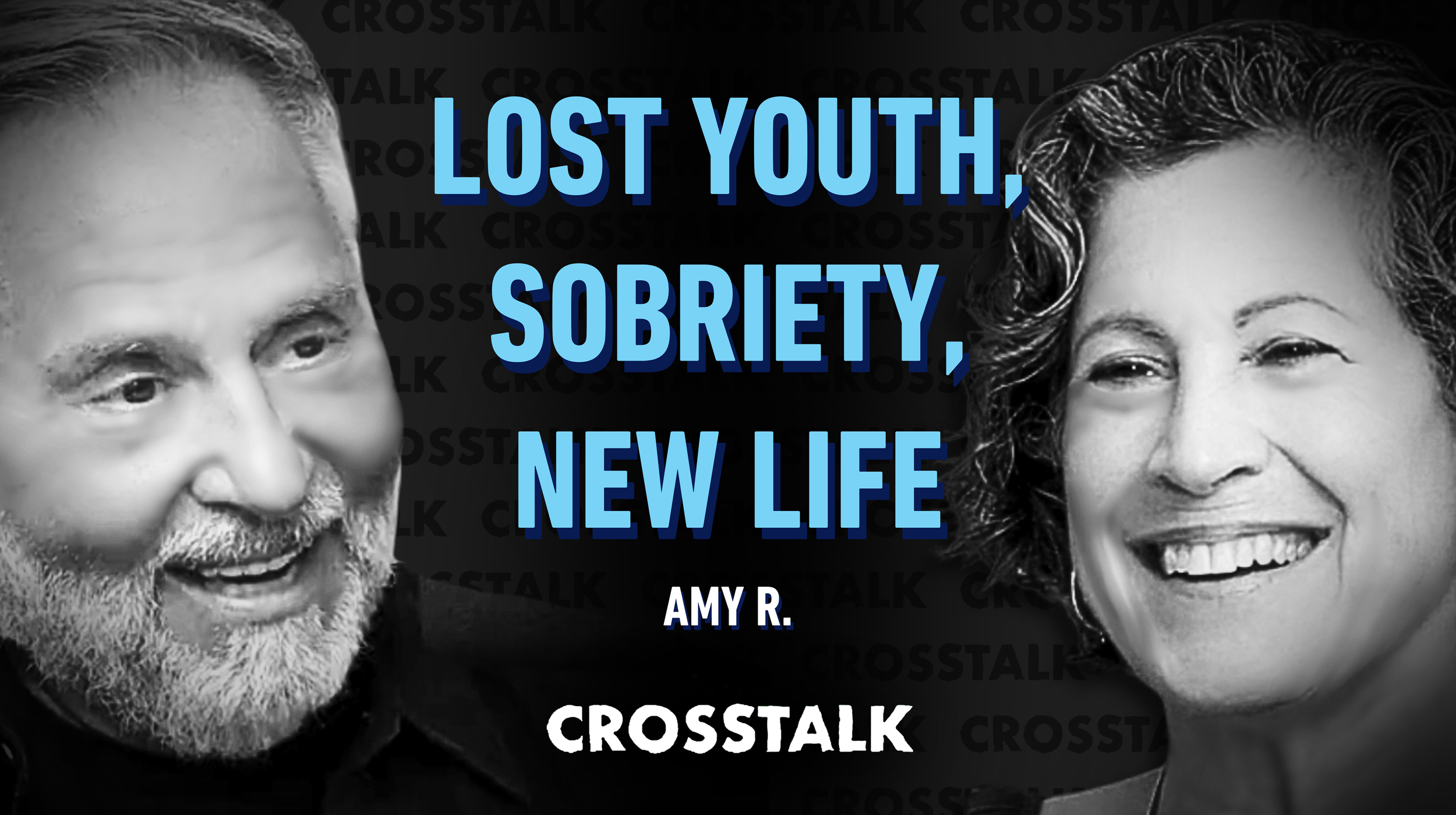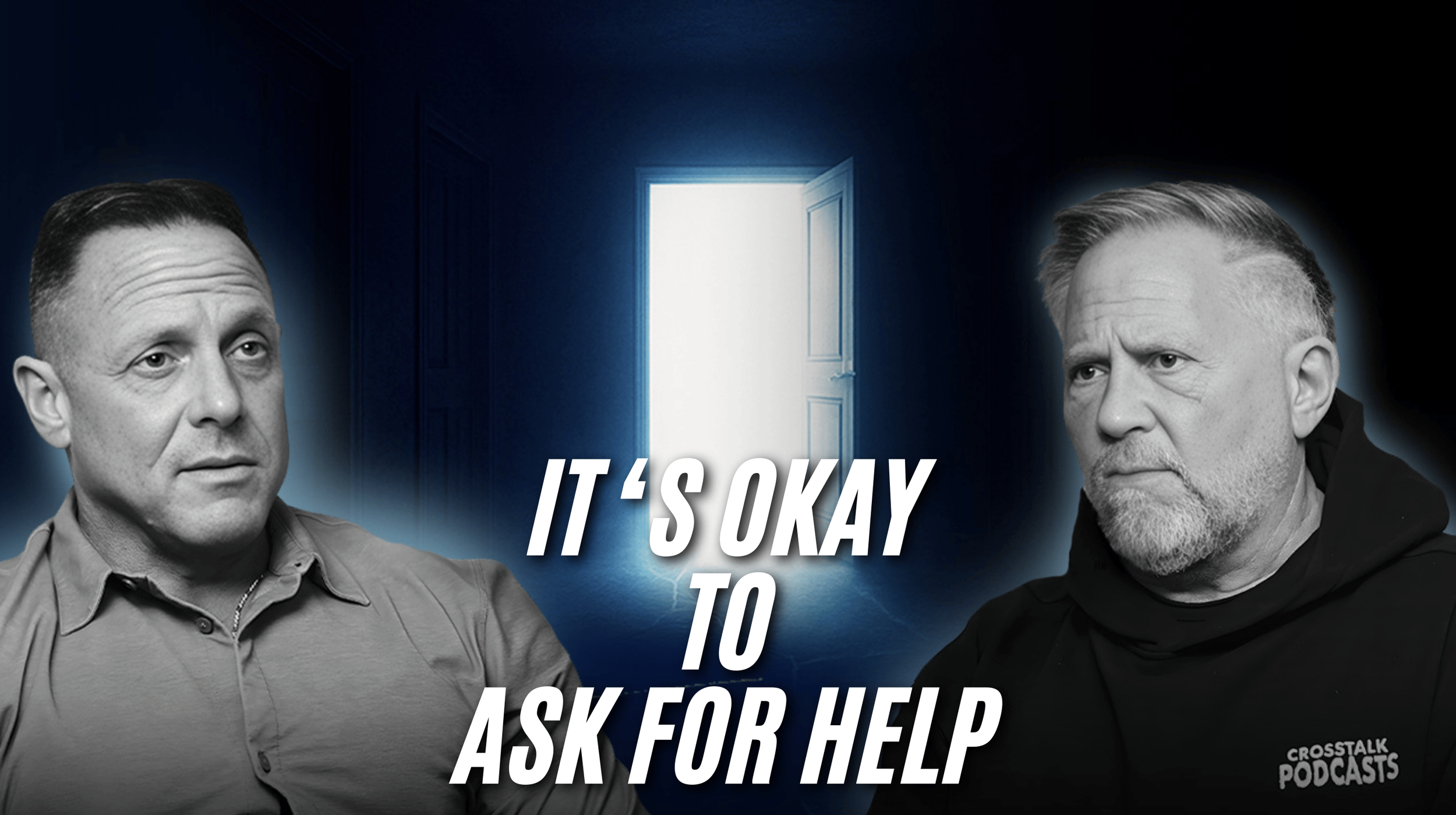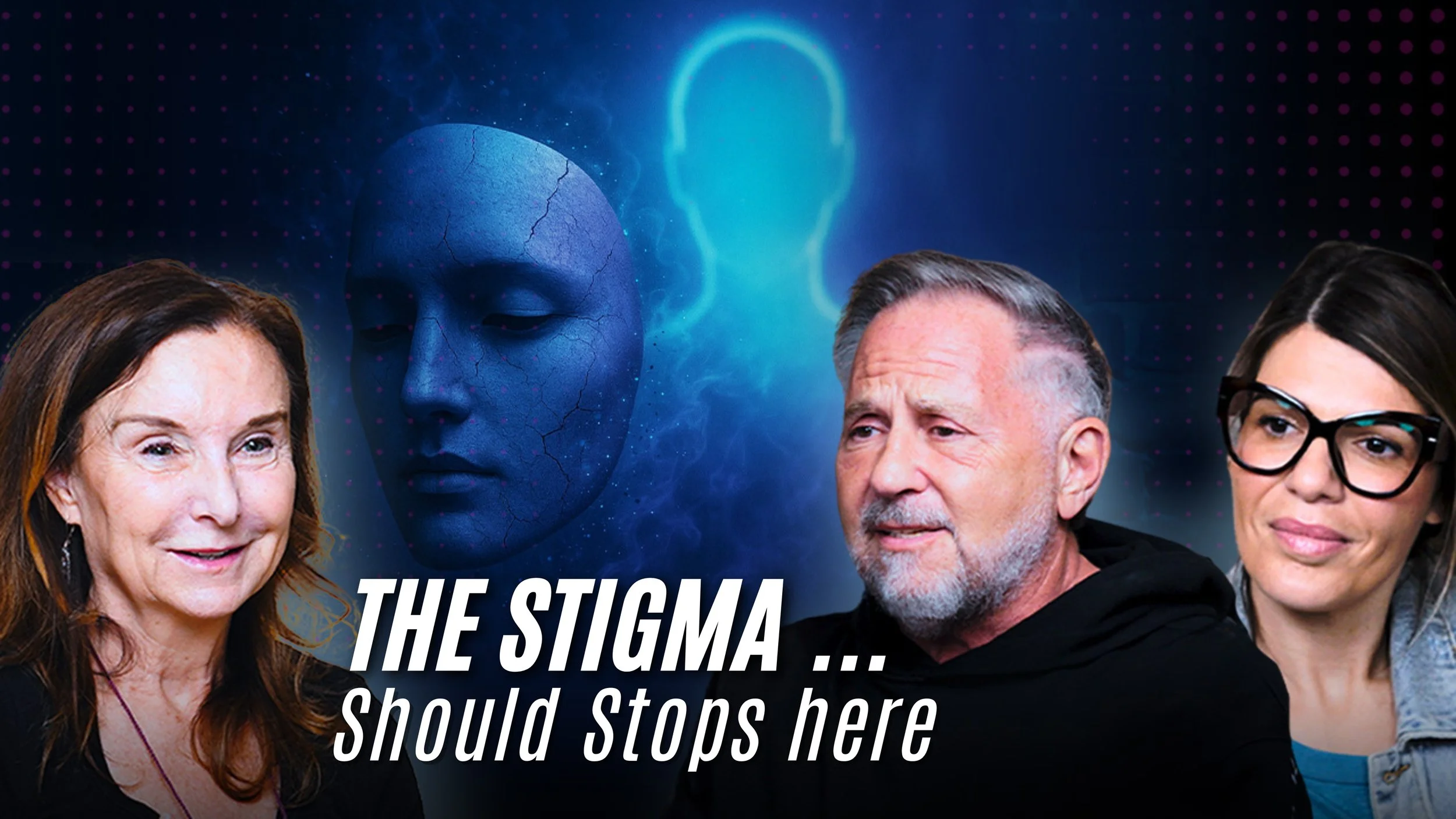SEXUALLY ACTIVE in Youth, Struggling with GUILT & INFERTILITY | A POWER of Example in Recovery
Listen or watch on your favorite platforms
Show Notes
In today’s episode, we sit down with Amy, a resilient and inspiring woman who has been in long-term recovery for over 40 years. Born and raised in New York, Amy’s early years were filled with challenges, from struggling with self-esteem to navigating dangerous environments that led her down a path of addiction. Now living in Florida, Amy shares her raw, unfiltered journey with us, highlighting the highs, the lows, and the pivotal moments that shaped her path to sobriety.
What Things Looked Like Growing Up
Amy grew up feeling like an outsider in her own family. With two older sisters who had left the home early, she often felt like an only child, navigating a lower-middle-class upbringing in New York. Her father, a hardworking cab driver, and her homemaker mother tried their best, but Amy always sensed something missing—a feeling of belonging. “I always wanted things before I was ready,” she recalls, highlighting how her longing for attention from older boys pulled her into dangerous situations at a young age.
First Time Using a Substance or Engaging in Behavioral Addiction
Amy’s first experiences with drugs and alcohol came in her early teens, surrounded by older kids who partied late into the night. She used these substances to numb her feelings of inadequacy, attempting to fit into a world that made her feel grown-up. But the thrill quickly turned into a coping mechanism that only deepened her sense of emptiness.
Active Using or Active Behavioral Addiction
During her late teens, Amy’s life spiraled. She was constantly around older men who offered her drugs, attention, and false promises of affection. She would often find herself in dangerous situations, including hitchhiking alone at night and falling into relationships that were anything but healthy. “I was so lost, and I didn’t even know it,” she says. Her actions strained her relationship with her family, particularly her father, who didn’t understand how to help his daughter.
Hitting Bottom
Amy’s lowest point came at 22 when her father passed away from a heart attack, leaving her riddled with guilt and grief. “I felt like I had killed him,” she confesses, recalling the endless fights and the weight of her unresolved emotions. This moment pushed her to seek help in a halfway house, where she finally faced the truth about her addiction and the need for change.
Getting Help
In the halfway house, Amy was introduced to the concept of a higher power and found solace in the community of recovery. She threw herself into the program, attending meetings daily, and gradually began to understand the importance of self-compassion. Therapy played a huge role in her healing, allowing her to process her trauma and rebuild her life piece by piece.
What Things Look Like Today
Today, Amy is a beacon of hope for those struggling with addiction.
She’s a therapist, a dedicated mother, and someone who continues to work on herself every day.
“Recovery is about uncovering who you truly are,” she says.
Amy’s life is filled with purpose, joy, and the kind of peace that only comes from overcoming great adversity.
Her story is a testament to the power of resilience, and she hopes it inspires others to believe in the possibility of a brighter future.
FAQs
What are the signs of addiction in young people?
Signs include changes in behavior, withdrawal from family, poor academic performance, and secretive actions.
How can therapy help in addiction recovery?
Therapy helps individuals process underlying trauma and learn healthier coping mechanisms.
What is a 12-step program, and how does it work?
A 12-step program is a set of guiding principles outlining a course of action for recovery from addiction, often focusing on peer support.
Can you recover from addiction without professional help?
While possible, professional support greatly increases the chances of successful recovery and long-term sobriety.
What’s the first step to take when seeking help for addiction?
Acknowledging the problem and reaching out to a support group, therapist, or trusted individual is a crucial first step.
Related episodes
ABOUT CROSSTALK
CROSSTALK reveals real stories of everyday people and notable figures, sharing their journeys from struggles to life-changing 'aha' moments with all kinds .
























